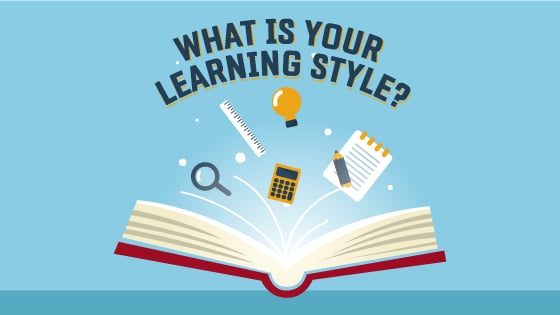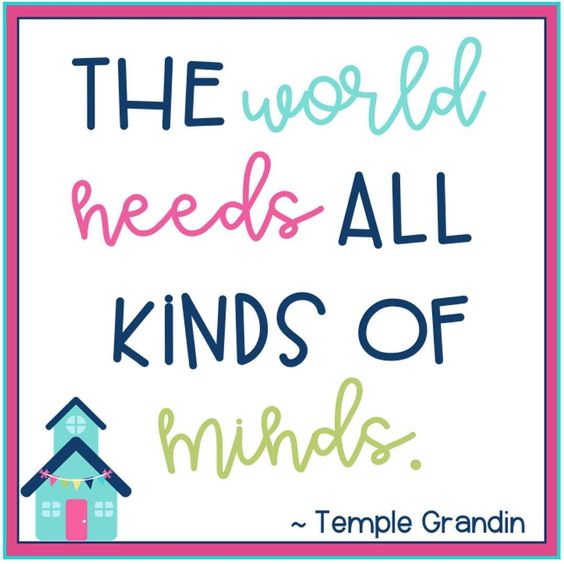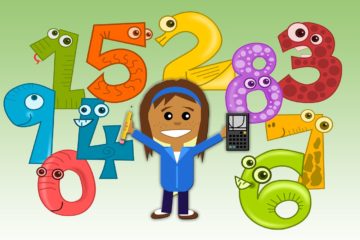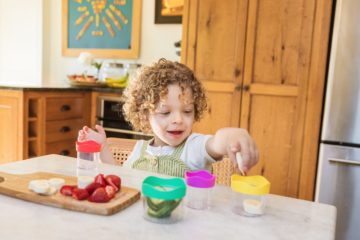What is a Learning Style?
Learning Styles are based on the way people acquire information about their environment.
Most children have a preferred learning style which is the way they learn the best. When children learn through their preferred style, the chances are that they would retain and apply what they have learnt.
Most times children learn through seeing, hearing and/or through touching or manipulating an object.
Many children with ASD acquire information by memorizing things by rote. If a child is good at learning by heart (rote memory) and can remember large chunks of information, like conversations from movies, words to a song, number plates and so on, then he/she may be a rote learner.
One more way which we see very often is when children memorize sentences as a whole without comprehending the meaning of the individual words. Children who process information in this way are said to have a gestalt learning style.

Knowing you child’s learning style helps you to integrate a lot of fun based experiences
Why it is Important to Know About Your Child’s Learning Style?
Every child is different and special in their own way. One’s learning style may affect how well a person performs in an educational setting. Schools usually require both auditory learning for listening to a teacher and visual learning for reading a book. If one is poor at one of these two ways of learning sources, he/she will likely depend mostly on his/her strength (e.g., a visual learner may study the textbook rather than rely on the lecture content).
But if one is poor at both visual and auditory learning, he/she may have difficulty in school.
If we observe a child with Autism, we may notice that one may be able to determine his/her primary style of learning.
Visual learners: Looking at a picture book or a user manual involves learning through vision. If a child enjoys looking at picture books, watching television (with or without sound), and tends to look carefully at people and objects, then he/she may be a visual learner.
Auditory learners: Listening to a lecture live or on a podcast or audio book involves learning through hearing. If a child talks excessively, enjoys people talking to him/her, and prefers listening to the radio or music, then he/she may be an auditory learner.
Hands-on or kinesthetic learners: Pressing buttons to determine how to operate a toy involves learning kinesthetically or hands-on. If a child is constantly taking things apart, opening and closing drawers, and pushing buttons, this may indicate that the child is a kinesthetic or ‘hands-on’ learner. This type of learning is also referred to as tactile learning style which requires manipulating or touching materials to learn. Children with kinesthetic learning are more comfortable with physical activities rather than sitting and listening to instructions.
Rote learners: A lot of children with Autism remember a lot of information like numbers or letters when young and huge facts about the topics of interest like maps or information on dinosaurs, etc. While they can recite the information word for word, however, they often do not understand what they are saying. Such children are called rote learners.
Gestalt learners: If a child uses the same phrase “wear shoes” for every situation of going somewhere, for example, when going to the park, going for a ride or going to school etc. OR a child just focusses on a part of sentence and ignores the rest, then he/she is a gestalt learner.

Various modalities making learning effective for a child based on his/her learning style
How do you find your child’s learning style?
Though there are many quizzes[1] available to find a person’s learning style, the best way to find a child’s learning style for children with Autism is by observing and by working with them and making a thorough assessment.
Learning styles can be identified by teachers, parents/caregivers while working with their children in a classroom set up.
Indications your child is a visual learner:
-
Have a vivid imagination
-
Have an interest in art – painting, drawing, or crafts
-
Have a strong memory that relays visually observed information
-
Have a good sense of direction and an understanding of maps
-
Have an aptitude for reading and a love of books
-
Recognize people, faces, and places easily
-
Have a keen interest in observing the world around them
Your child probably has some aptitude in each of the three learning styles, but if you look closely, you might see that one of them is particularly strong. This recognition can help you tailor your child’s learning process and build on their innate strengths in the future.
Indications your child is an auditory learner:
-
Have an aptitude for music, instruments, or vocal ability
-
Tendency to sing along to songs or create their own songs as they play
-
Have a strong verbal ability, especially through repetition of words or phrases they have heard before
-
Can listen well and follow verbal directions
-
Have a love for talking and discussions
-
Have a sharp ability to notice sounds that others do not recognize
-
Perk up when they hear music or dialogues
Indications your child is a kinesthetic learner:
-
Have an aptitude for sports, dance, or other physical activities
-
Tend to fidget while in their seat — they may need to move while processing information
-
Frequent use of gestures when speaking or explaining things
-
Love hands-on activities and play-acting
-
Enjoy writing, drawing, or handwriting exercises
-
Show early physical development, such as walking, crawling, or sitting early
-
Have sharp hand-eye coordination
Learning also depends on the distinct cognitive abilities of the learner – something far more complex than any simple notion of a “learning style.” A student with dyslexia may learn better by listening than reading. A student with an auditory processing disorder may learn better by reading. A student with ADHD may benefit from opportunities to get up and move around.
How Do You Help Your Child According to his/her Learning Style?
At PlayStreet, we prioritize our children and their individual needs while learning any task or subjects. We also guide parents/caregivers to plan their home program for special education.
Putting our observations to work:
Your observation of your child’s learning styles gives you additional information on how to help him/her.
Visual learners: Visual learners pay attention and learn better with visual aids. If your child is a visual learner, present information through things that he/she can see. For example, when saying a word show him a real object or a picture. Give them opportunities to learn from picture books and videos.
At PlayStreet, visual learners are provided with materials like flash cards, pictures, videos etc. Several studies have proven that using visual cues help us remember and retrieve information better. Words are abstract and sometimes difficult to retain. Children who are enrolled in early intervention programs learn better with the visual aids as it helps them in areas like identification, pointing, matching and learning concepts in an easy manner.
Auditory learners: Auditory learners might be ignorant when presented with books, pictures but they would be interested in listening to their favourite stories or learn concepts better when recited aloud by parents. E.g.: Children learn rhymes better when they are exposed to it; a lot of children learn rhymes before even knowing it’s meaning. These children learn better when they listen to songs, radios or stories.
Kinaesthetic learners: Hands-on learners have excellent physical memory as they learn quickly and permanently about what to do. If your child is a hands-on leaner, let him/her learn about the world by manipulating and touching things. Choose toys that they can operate with their hands.
Tactile learners: Tactile learners learn better while performing gross and fine motor activities rather than the whole-body movements. Parents/caregivers should create an opportunity for these children as they have to help them in moving freely where they get to explore and learn from the environment. For e.g.: Making them do one activity and taking a break by allowing them to run freely for 10 minutes.
Rote learners: If your child has a good rote memory, he/she will learn best from the activities that are done the same way each time. These may include number and alphabet activities. You can encourage your child to use rote memory for learning useful information, like your phone number, address and times tables.
Gestalt learners: If your chid is a gestalt learner he may learn to say a whole sentence before a single word. Your job is to help him understand parts of the whole.
Learning styles are important and need to be identified earlier because they help to create a structure for children and parents by reducing their anxiety, stress and confusion.
Strategies used to teach children with autism:
-
Using visual cues
-
Using special preferences and reinforcers
-
Using individualised sensory preferences

We learn through all senses, so a multi sensory approach brings learning with ease
Current Research on Learning Styles
There is still not enough scientific evidence to support the notion of learning styles. Some studies[2] suggest that we should be wary of characterizations of different learning styles, thus classroom instruction should focus on the best way to teach the content, instead of on a students’ individual learning styles.
Advocates, however, contend that even if research doesn’t provide definitive proof on the subject, they’ve witnessed different learning styles in action. Many children do show an affinity for one type of learning over another, they maintain, and will thus benefit from study that enhances that style.
Thus, at PlayStreet we help our students according to their learning style and provide an environment with various learning methodologies mixing visuals, auditory and hands-on experiences.

Every child is important and should be given opportunities the way he/she learns best



0 Comments